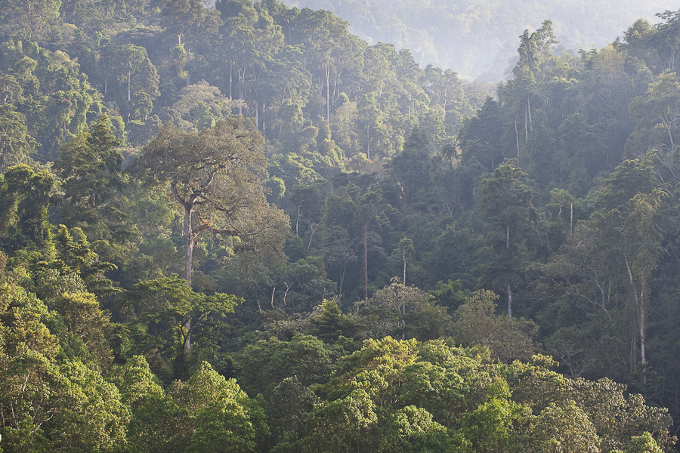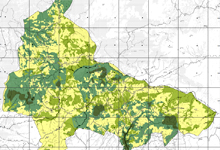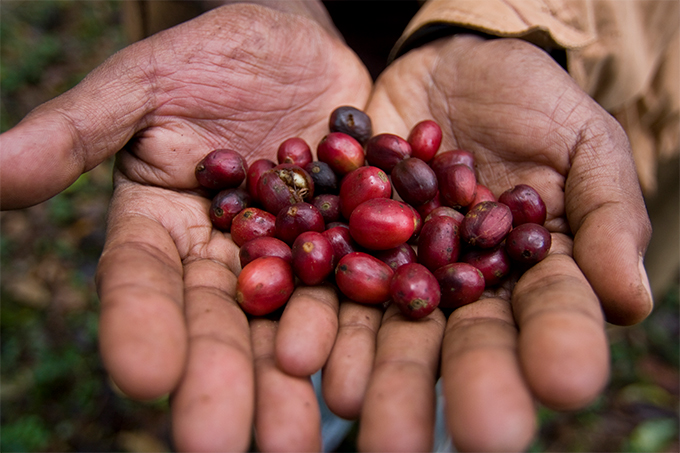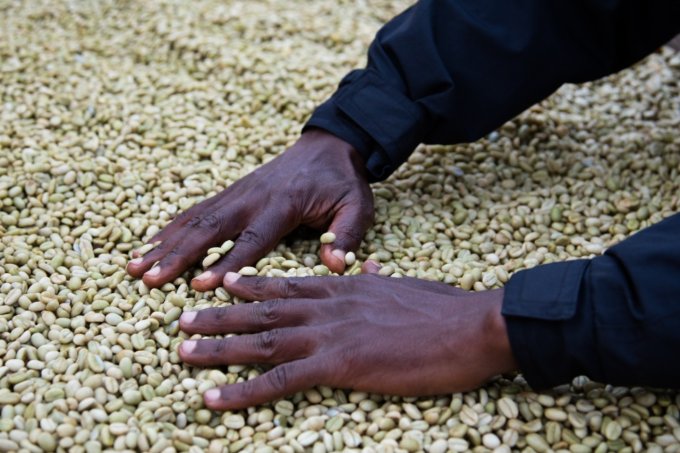Where to find Kafa
Figures and details about the project area
Kafa is a major provider of water for the area
Kafa is located in the Southern Nations, Nationalities and People’s Regional State (SNNPRS), the most ethnically and linguistically diverse region of Ethiopia. The predominantly highland region is covered with evergreen montane cloud forest and is part of the Eastern Afromontane Biodiversity Hotspot.
Map
Kafa Biosphere Reserve is part of the catchment area of the three large rivers Gojeb, Dinchia and Woshi. As such it is important for water supply not only of the Kafa region but also that of the bordering southern arid area. The plateau in south west Ethiopia, which was formerly densely forested, still has primeval forests, bamboo thickets and wetlands and is home to the wild-growing Coffea arabica.
Kafa Biosphere Reserve| Location facts | |
|---|---|
| Governmental administration | The local zonal government is the Kafa Zone Administration. |
| Contiguous administration sectors | The area stretches across the boundaries of seven administrative units, so called “Woredas”: Adiyo, Gimbo, Telo, Gewata, Bita, Decha and Chena. |
| Altitude | The altitude of the area ranges from 500 to 3,350 meters above sea level. |
| Total project area | The size of Kafa Biosphere Reserve is 760,144 hectares. Next to transition, buffer and core zones, it also includes candidate core zones, which do not have statutory conservation status yet. |
| Forest covered area | The area covered in forest is 422,260 hectares, which complies to 55.6% of the total surface. |
| Core zone | The core zone extends over 41,391 hectares and consists of 11 Protected Forest Areas. |
project overview
Kafa Biosphere Reserve is challenged by the lack of sustainable employment and innovation for green development and adaptation to the impacts of climate change. The project aims at structuring the up to now non-commercialised garden coffee value chain. more →
topic overview
NABU promotes sustainable regional development worldwide. Our international projects always include income-generating activities, which comprehensively address all three dimensions of sustainability - balancing economy, ecology and social equality. more →




